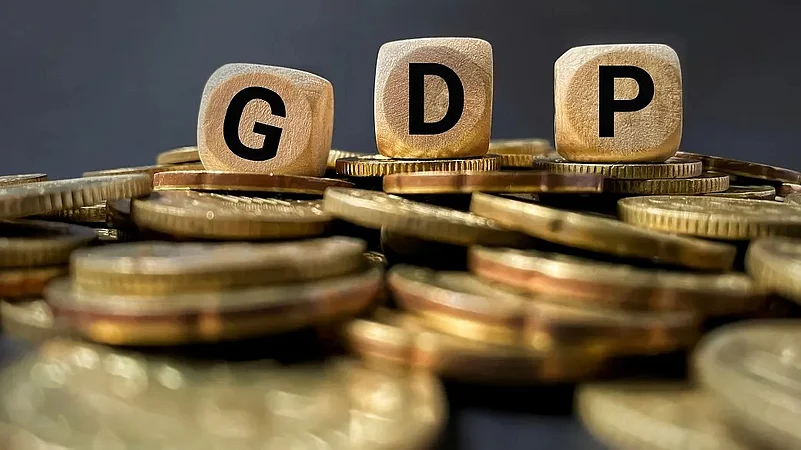Font size:
Print
Economic Burden & Suicide-Related In India
Context:
India faces a severe suicide crisis, incurring an annual economic loss of approximately ₹13.4 lakh crore ($16 billion), as per a recent study in The Lancet.
Key Findings on Suicide-Related Economic Burden in India:
- Total Economic Loss: India loses ₹13.4 lakh crore ($16 billion) annually due to suicides, according to The Lancet study.
- Top Contributors: Karnataka contributes ₹2.33 lakh crore (over a fifth of national losses), followed by Tamil Nadu (₹2.13 lakh crore) and Maharashtra (₹1.81 lakh crore).
- Comparison: Combined losses from these three states make up 45% of the national burden, exceeding the Union health ministry’s budget.
Karnataka’s Disproportionate Burden:
- Population vs. Burden: Karnataka has 5% of India’s population but contributes 20% of the national economic toll from suicides.
- Farmer Suicides: 1,500 farmer suicides in 15 months due to financial distress, crop failure, and debt.
- Daily Suicide Rate: 36 suicides per day in 2021; reasons include depression, financial pressures, and mental health issues.
Suicide Rates and Demographics:
- National Suicide Rate: India’s suicide rate is 14 per 100,000, compared to the global average of 9 per 100,000.
- Most Affected Age Group: Individuals aged 20-34 account for 53% of suicides, impacting economic growth and workforce potential.
- Rising Female Suicides: 20 states reported an increase in female suicides, adding to the economic burden.
Underfunded Mental Health and Suicide Prevention:
- National Suicide Prevention Strategy: Aims to reduce the suicide rate by 10% by 2030, but progress is slow due to lack of funding.
- Budget Allocation: Mental health receives less than 1% of the health budget, inadequate for the scale of the crisis.
- Need for Comprehensive Programs: Experts recommend integrating mental health care, financial counseling, and community support.
Drivers of High Suicide Rates:
- Economic Pressures: Poverty, unemployment, and social isolation are key drivers.
- Mental Health: Depression, substance abuse, and untreated mental health disorders contribute significantly to the crisis.
- Social and Cultural Factors: The study highlights the need to address socio-economic drivers to make prevention strategies effective.
Policy Recommendations:
- Multi-Sectoral Approach: Involves government, healthcare, educational institutions, and corporates in prevention efforts.
- State-Specific Plans: Karnataka needs targeted interventions, including mental health care, financial aid, and community outreach.
- Budget Reallocation: Increase funding for suicide prevention, focusing on both mental health and socio-economic issues.


